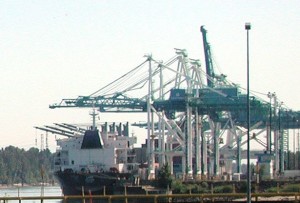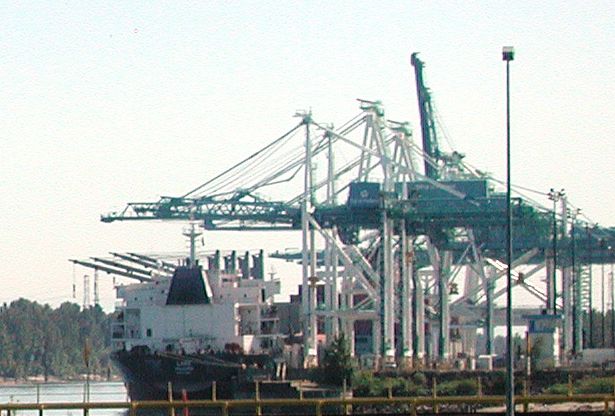 The U.S. shipping sector is forecast to grow further in tandem with firmer steps by the U.S. economy toward recovery, according to Business Monitor International (BMI) in its latest outlook.
The U.S. shipping sector is forecast to grow further in tandem with firmer steps by the U.S. economy toward recovery, according to Business Monitor International (BMI) in its latest outlook.
BMI said it maintains a “cautiously optimistic view” on U.S. prospects, predicting the country’s major facilities to consolidate the growth seen in 2014. “Our overall view that the U.S. economy will continue to accelerate remains firmly in place. We are forecasting GDP growth of 2.7% in 2015.”
It said that for the Port of Los Angeles, the forecast is 3.5% growth year-on-year in total tonnage in 2015, to reach 66.6mn tonnes, and growth of 5.4% in twenty-foot equivalent unit (TEU) throughput, falling to 8.9mn TEUs.
At the East Coast port of New York/New Jersey (NYNJ), growth is forecast to be 4.1% year-on-year in 2015, to reach 144.8mn tonnes. “We expect NYNJ to record a growth of 4.0% in TEU throughput in 2015, to reach 6.0mn TEUs.”
Stronger contributions from personal consumption expenditure growth will be offset somewhat by slower fixed investment growth and a contraction in government spending, as well as a negative contribution from net exports. BMI said currency strength will discourage foreign customers from purchasing U.S.-produced goods and services over the near term, while promoting an increase in imports.
“As a result, we expect that any improvement in net exports will be subdued in real terms over the coming months.”
It sees risks being “weighted to the upside across the US economy.” The most likely of these risks is that a greater-than-expected improvement in the labor market or consumer sentiment will lead to much stronger demand for goods and services.
ICTSI calls for end to work stoppage
In other U.S. port developments, ICTSI Oregon Inc. has issued a statement on the labor actions of International Longshore and Warehouse Union (ILWU) and their impact on shipping activity at the Port of Portland’s Terminal 6.
It alleged that ILWU has escalated its efforts against the company “far beyond what other West Coast ports are experiencing.”
“During the busy 2014 holiday season, ILWU engaged in approximately 36 work stoppages and slowdowns of various types and for varying durations. Similar efforts, along with intentional labor shortages, have continued into the first month of 2015. Work stoppages like this cause serious hardship to truckers, shippers, and the general public,” the statement said.
“Productivity at Terminal 6 continues to fall well below acceptable historical levels. In May 2012, prior to the labor dispute which arose in June 2012, ILWU labor was producing approximately 24.8 moves per hour. However, in the last quarter of 2014, ILWU labor was producing at only approximately 13.2 moves per hour-a roughly 47% reduction. This level of production is far below industry as well as Terminal 6 standards.”
Terminal 6 is the only international shipping container terminal in Oregon, it continued. “As such, it is a powerful economic engine to the region that offers significant benefits to thousands of businesses, workers and consumers. For this reason, the ILWU’s deliberate and continuous work delays since June 2012 threaten the terminal’s future viability as a critical hub of regional economic activity.”
For the state’s economic well-being, ICTSI Oregon said it “strongly encourages the ILWU to end its work stoppages, slowdowns and labor shortages, and increase port productivity to historical levels.”
Terminal management and the labor union have been locked in contentious contract negotiations for the past several months that have led to slowdowns and shutdowns.
Photo: Kelly_point_park





